Common Name(s): Swamp kauri, ancient kauri
Botanical Designation: Not a distinct species of kauri; trade name for kauri trees (Agathis australis) that have been harvested from salt marshes and swamps in New Zealand’s North Island
Distribution: New Zealand
Average Dried Weight: 34.0 lbs/ft3 (540 kg/m3)
Janka Hardness: 730 lbf (3,230 N)
Comments: These kauri trees are thousands of years old—with logs being further preserved underground for many more thousands of years. The massive trees were buried with a seemingly violent and sudden force, possibly in a large storm, tsunami, or flood. (Curiously, New Zealand is located right at the boundary of two major tectonic plates.) The bizarre circumstances leading to the swamp kauri’s burial bears a striking similarity to many flood accounts of early civilizations, where “all the fountains of the great deep [were] broken up, and the windows of heaven were opened” (Genesis 7:11).
Images: Drag the slider up/down to toggle between raw and finished wood. A special thanks to Ben Vaterlaus for providing the picture of the turned pen.
Identification: See the article on Softwood Anatomy for definitions of endgrain features.
Resin canals: absent
Tracheid diameter: medium
Earlywood to latewood transition: gradual
Grain contrast: low
Parenchyma: none; contains resinous tracheids (resin plugs) with dark reddish-brown contents which look nearly identical to diffuse parenchyma
Lookalikes/Substitutes: Not to be confused with karri (Eucalyptus diversicolor), a completely unrelated Australian hardwood with a very similar common name.
Notes: Reported to have a distinct taste (but no odor).
Related Content:

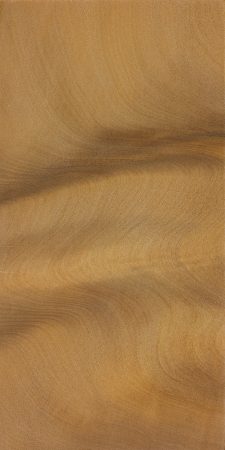
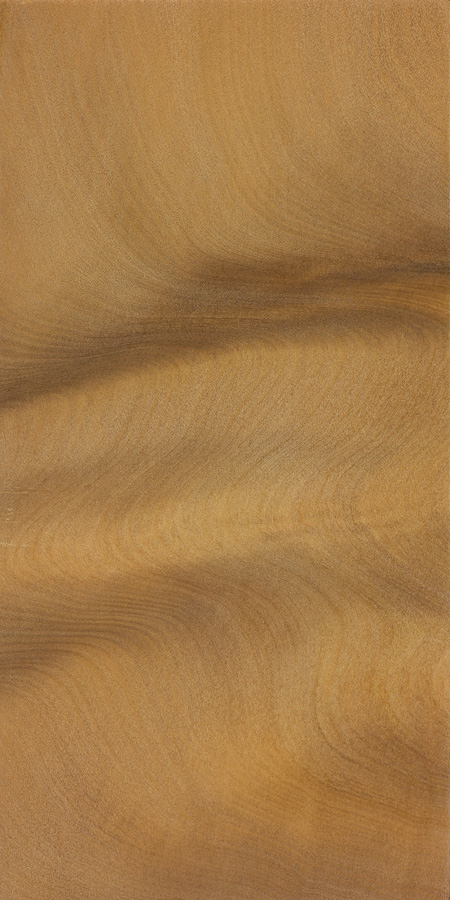
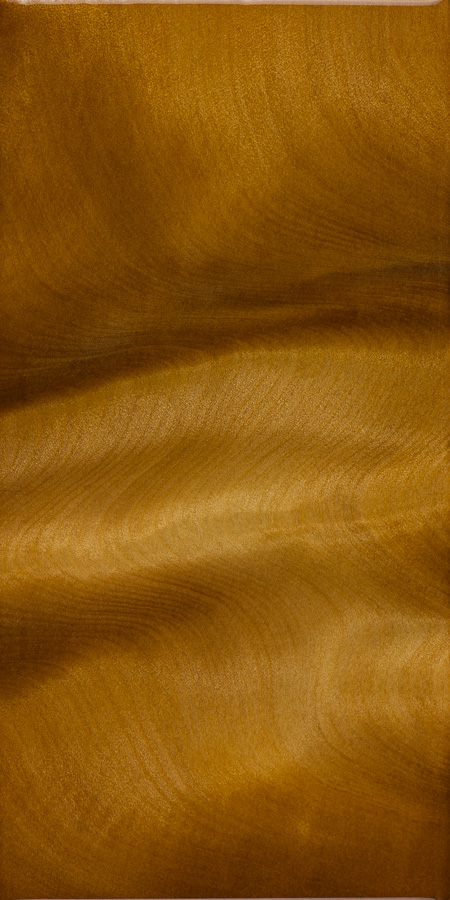
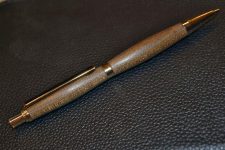
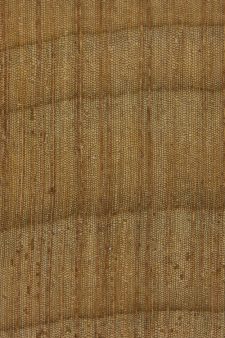

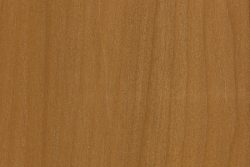
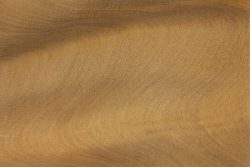
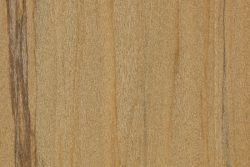
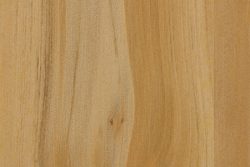
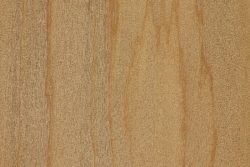
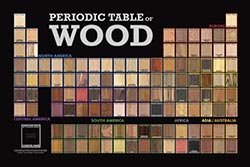






I bought a slab of Ancient Kuari to build my shadowbox when I retired from the Navy. It was a little tough on the planer blades, but easy to work with after that. The Ancient Kuari DOES have an odor when cutting, but not when sanding, I equate it to a peat/carbon smell. Beautiful wood. I sanded to 2000 grit and it features multi-color fine iridescent streaks within the grain. Mine is carbon dated to between 30,000 and 50,000 yrs. It was expensive, but totally worth it. I wanted a one of a kind, and I dare say I have… Read more »